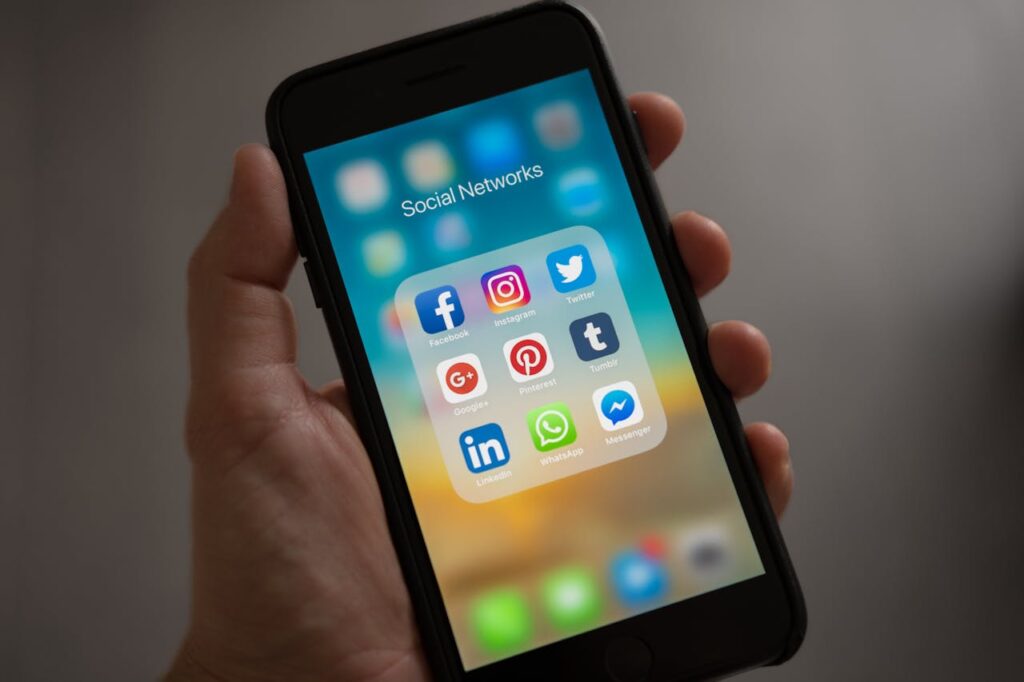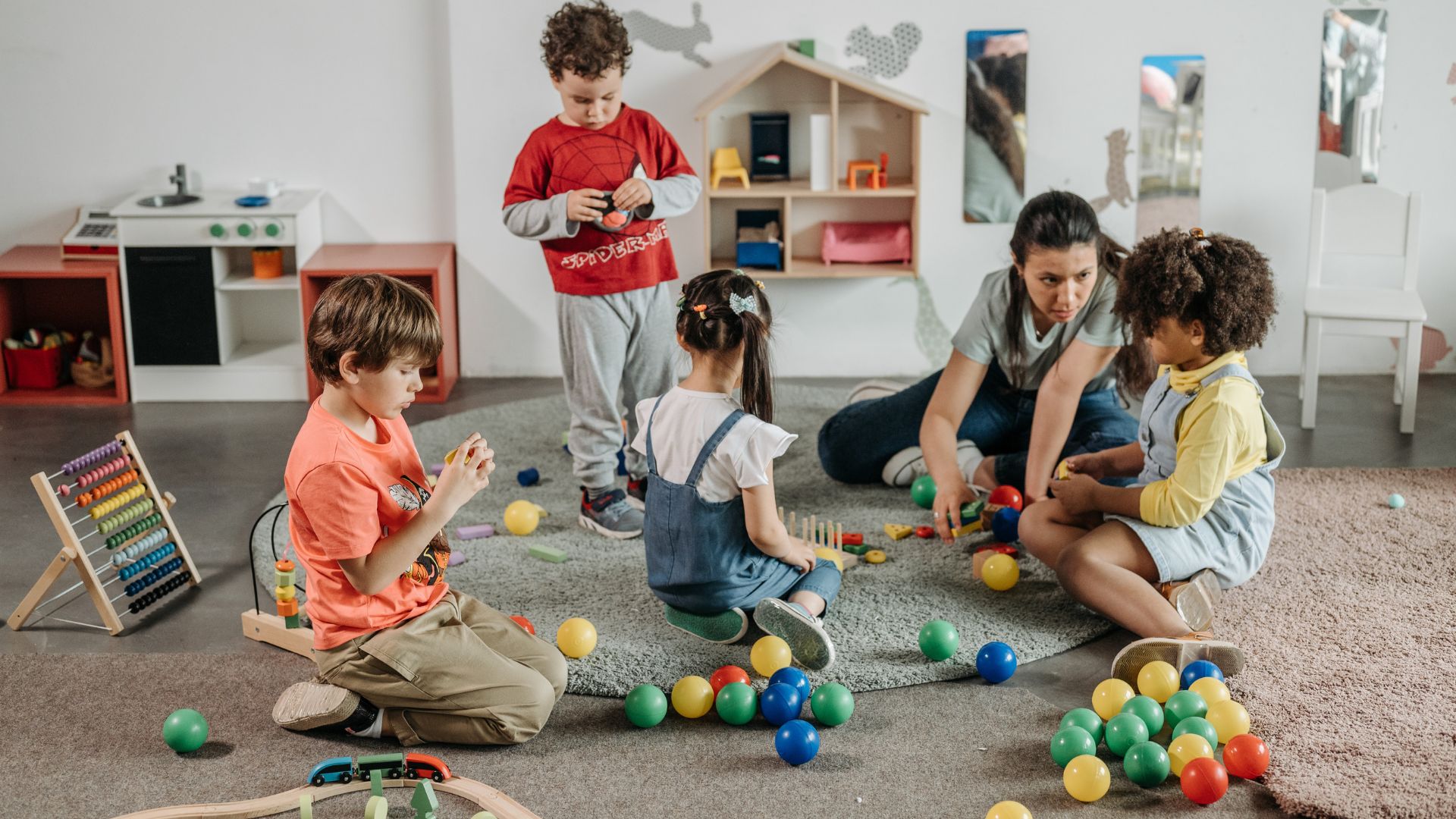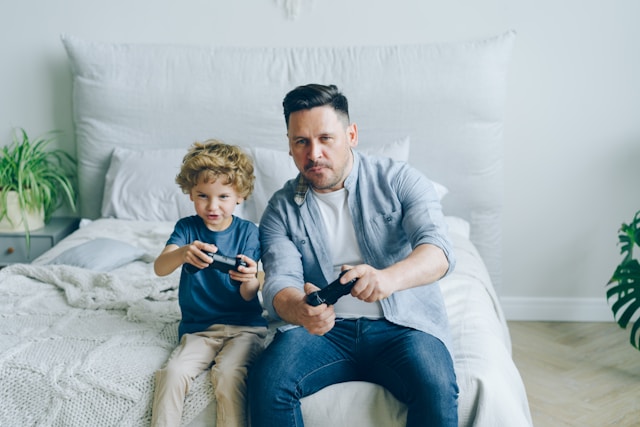
In an unprecedented move that has caught the world’s attention, Australia bans social media for children under 16, aiming to create a safer digital environment for young users. This decision, driven by growing concerns over children’s mental health and safety, marks a significant shift in how governments regulate online spaces. It also sparks global conversations about the role of social media in shaping young minds and what this means for the future of digital platforms.
Australia’s decision to ban social media for children under 16 stems from mounting evidence of the negative impacts these platforms have on children. Studies have consistently shown that prolonged use of social media is linked to mental health issues such as anxiety, depression, and low self-esteem. Platforms like Instagram, TikTok, and Snapchat rely heavily on algorithm-driven content, which often exposes young users to harmful material, including violent imagery, misinformation, and unrealistic beauty standards.
Another critical factor is the rising concern over cyberbullying and online exploitation. Reports of children being targeted by predators through social media have surged, leaving parents and policymakers alarmed. In response, Australian authorities argue that the ban is a necessary step to protect the nation’s youth from these dangers and foster a healthier digital environment.
The immediate effects of the ban will likely reshape how children interact with technology and the internet. Without access to social media, children may turn to alternative digital tools such as educational apps or develop offline hobbies. While this shift can promote healthier habits, it also places additional pressure on parents to guide their children’s use of technology responsibly.
For families, this ban presents both challenges and opportunities. On one hand, it may encourage stronger family connections as children spend less time on their devices. On the other, parents may struggle to manage children’s screen time and keep them engaged in productive activities. Schools and educators can also play a pivotal role by emphasizing digital literacy and teaching children how to navigate the online world safely.
The long-term implications of Australia’s ban on social media for children under 16 extend beyond its borders. By limiting exposure to addictive platforms, children may experience significant improvements in mental health and emotional development. They might also develop better concentration and social skills as they engage more with the real world.
Globally, this decision could inspire other countries to implement similar regulations. Governments worldwide are increasingly scrutinizing the role of social media in children’s lives. Australia’s bold move could set a precedent for stricter digital policies, potentially leading to a safer online environment for young users everywhere.
However, the ban also raises critical questions about enforcement and effectiveness. Children who are tech-savvy may find ways to bypass these restrictions, rendering the policy less effective. Policymakers will need to address these loopholes while balancing protection with children’s rights to access technology and learn digital skills.

Supporters of the ban emphasize several key reasons why it is a step in the right direction:
Social media platforms are known to contribute to mental health issues by exposing children to harmful content and fostering unrealistic expectations. Limiting access helps mitigate these risks.
Children’s reliance on social media often leads to reduced face-to-face interactions. The ban encourages them to engage in physical activities and build stronger interpersonal relationships.
By restricting access, the ban reduces the likelihood of children falling victim to cyberbullying, scams, or online predators.
These reasons highlight the importance of prioritizing children’s well-being over unrestricted access to digital platforms.
Despite its advantages, the ban has not been without criticism. Some argue that outright restrictions are too harsh and could hinder children’s ability to adapt to the digital age. Instead of banning social media, critics propose investing in education and digital literacy programs to teach children responsible online behavior.
Enforcing the ban also poses significant challenges. Children who are adept at using technology may find ways to circumvent restrictions through fake accounts or unregulated platforms. This raises questions about the feasibility of the ban and whether resources could be better utilized in promoting awareness and self-regulation.
Social media companies, too, face immense pressure to comply with the new rules. Age-verification systems must be robust, and failure to meet these requirements could result in heavy penalties. The ban may also affect these platforms’ user base and revenue, potentially prompting them to explore safer and more child-friendly features.
Australia’s decision to ban social media for kids may have far-reaching consequences. Other nations might follow suit, adopting similar measures to protect their younger populations. This could lead to a global re-evaluation of how social media companies operate and the ethical responsibilities they bear toward their users.
The ban also serves as a wake-up call for parents, educators, and policymakers to address the broader issues of children’s digital consumption. Whether through stricter regulations or improved education, the goal remains the same: to create a healthier and safer digital environment for the next generation.
By banning social media for children under 16, Australia has taken a significant step toward protecting children’s mental health and well-being. While the decision is not without its challenges, it underscores the urgent need to rethink how digital platforms interact with younger audiences. As the world watches Australia’s approach, one question looms large: Will this move inspire a global shift toward stricter digital safety measures, or will education and awareness take center stage in tackling the issues posed by social media? Only time will tell, but Australia’s bold action has undoubtedly ignited a critical conversation about the future of children’s online experiences.


